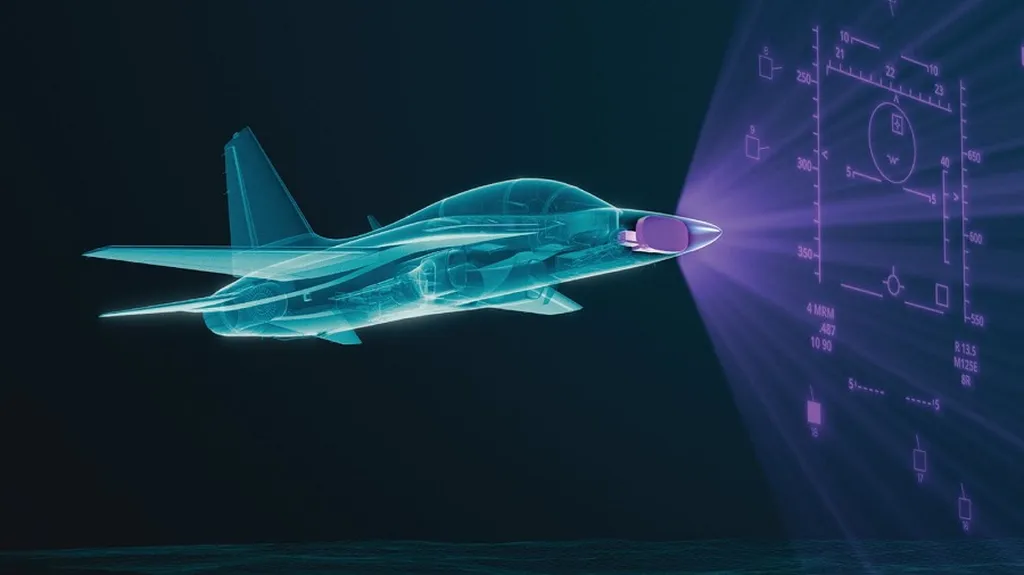Raytheon has delivered the first PhantomStrike radar to Korea Aerospace Industries (KAI) for integration into the FA-50 Light Combat Aircraft, a significant milestone in the defence technology partnership between the two companies. This delivery underscores a growing trend in defence innovation: the demand for compact, cost-effective, and high-performance radar systems capable of operating in contested environments.
PhantomStrike is a fully air-cooled, fire-control radar designed to meet the evolving needs of modern warfare. Utilising Gallium Nitride technology, the system delivers enhanced performance through faster, more agile digital beams, advanced target detection, and strong resistance to jamming. According to Raytheon, PhantomStrike operates at nearly half the cost of a standard fire-control radar while providing superior capabilities—a critical factor in an era of budget constraints and rising defence expenditures.
“In an increasingly complex and contested battlespace, aircrew need to make informed, split-second decisions to ensure mission success,” said Dan Theisen, president of Advanced Products and Solutions at Raytheon. “Delivering the first PhantomStrike system to KAI marks a pivotal step in equipping our customers with the advanced technology needed to maintain a decisive advantage in combat.”
The radar is specifically engineered for platforms with constraints in size, weight, and power, including uncrewed aircraft, light-attack aircraft, fighter jets, and helicopters. Weighing about half as much as a typical active electronically scanned array (AESA) radar, PhantomStrike offers full fire-control capability in its lightest form factor to date. This makes it particularly well-suited for the FA-50, a versatile aircraft used for both training and combat operations.
PhantomStrike is approved for export as a Direct Commercial Sale product, broadening its potential market and reinforcing Raytheon’s commitment to global defence cooperation. Earlier this year, Raytheon successfully conducted flight tests of the radar system, demonstrating both air-to-air and air-to-ground performance. In August, the company delivered a lab unit for integration testing with aircraft systems, ensuring seamless compatibility with KAI’s platforms.
The production of PhantomStrike is spread across Raytheon facilities in Forest, Mississippi; Tucson, Arizona; and Scotland, with additional support from Raytheon UK. This distributed manufacturing approach not only enhances supply chain resilience but also reflects the global nature of modern defence partnerships.
As defence technology continues to evolve, the delivery of PhantomStrike to KAI highlights the importance of innovation in radar systems. The system’s compact design, cost efficiency, and advanced capabilities position it as a key player in the next generation of combat aircraft. For KAI, this partnership could enhance the FA-50’s operational effectiveness, while for Raytheon, it represents a strategic expansion into new markets.
The broader implications for the defence sector are significant. The success of PhantomStrike could accelerate the adoption of similar systems by other nations, particularly those seeking to modernise their air forces with cost-effective, high-performance solutions. Additionally, the collaboration between Raytheon and KAI may set a precedent for future joint development projects, fostering deeper ties between Western and Asian defence industries.
As geopolitical tensions continue to shape global security landscapes, the need for advanced, adaptable defence technologies has never been greater. PhantomStrike’s delivery to KAI is not just a technological achievement but a strategic move that could redefine the future of aerial combat.

